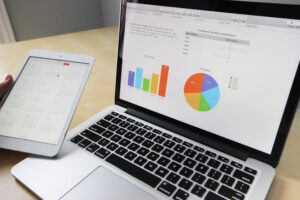Table of Contents
ToggleWhat is Money?
Money is the world’s, Driving Force. It can be exchanged for goods and services or lent at interest to others who wish they could borrow it from you.
Money is any item or record that can be used to pay for goods and services. The four main functions of money as a medium, unit of account (to measure things), store-of-value (feel confident about what you have). In addition, it serves another purpose; standardizing delayed payment through its function as legal tender by law on behalf of different countries/socioeconomic contexts.
A Medium of Exchange
When people couldn’t agree on a common commodity to trade, they would often resort back into old ways such as bartering. Two individuals might have something that the other wants but not enough for both their needs, so one offers up what they do possess in order to get rid of it while still being able to enjoy some good times with this friend or family member.
The problem with early forms of bartering is that they are inefficient because you have to trade for what your trading partner needs. If someone has cows but only wants bananas, then all the other person can do is offer up potatoes that might not be wanted by either party in return.
The lack of transferability is tiring and confusing. It’s inefficient too because you have to figure out a way for both parties involved in order to establish what they’re willing to trade with each other based on how much meat/goods might be worth from one person or thing, whereas if there was no set price, then everyone would just do whatever offer whenever hoping that somebody bites.
How Is Money Measured?
The amount of money in the economy can be difficult to understand. Three different types have been defined by economists, but they all serve an important purpose – providing a way for people and businesses alike measure their prosperity or lack thereof with accuracy! Here is an overview to the three different types defined.
- M1 – This money category includes all physical denominations of coins and currency; demand deposits, which are checking accounts and NOW accounts; and travelers’ checks. This category of money is the narrowest of the three, and is essentially the money used to buy things and make payments.
- M2 – With broader criteria, this category adds all the money found in M1 to all time-related deposits, savings account deposits, and non-institutional money market funds. This category represents money that can be readily transferred into cash.
- M3 – The broadest class of money, M3 combines all money found in the M2 definition and adds to it all large time deposits, institutional money market funds, short-term repurchase agreements, along with other larger liquid assets.



